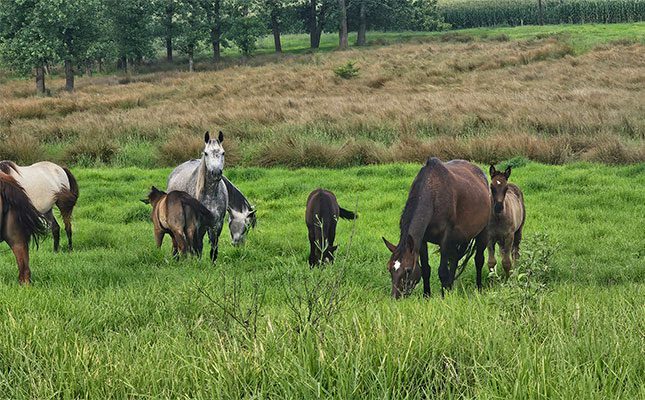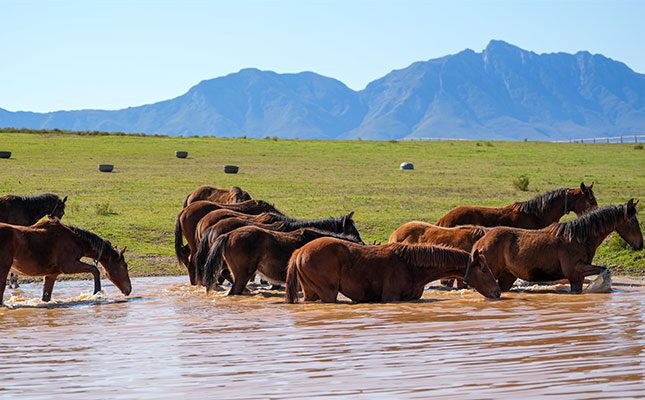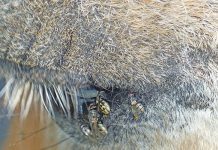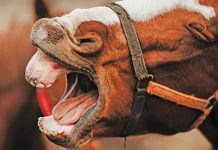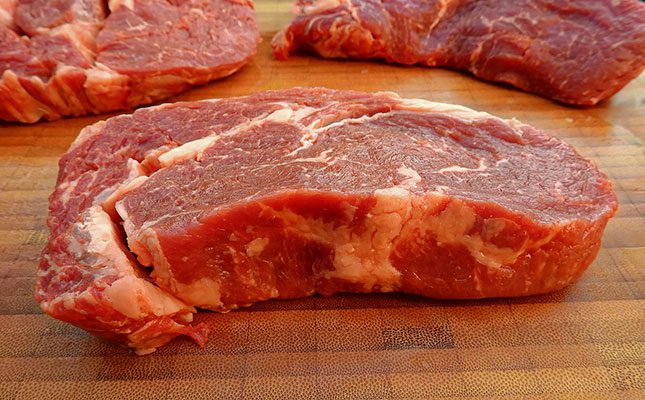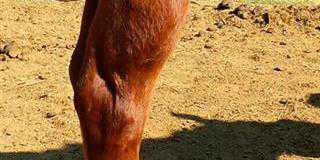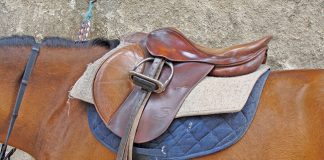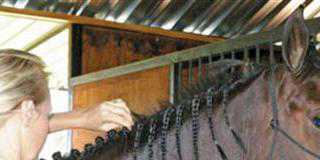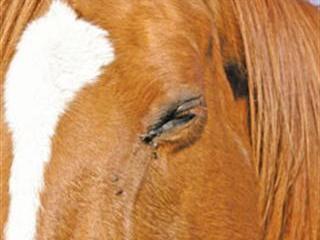
Aside from open wounds that bleed and need first aid attention and/or stitches, there are many disorders that can affect your horse’s skin or coat. All of these need treatment. Ensure your horse is kept clean and free from insects and mites, and dip regularly with a product registered for horses.
Hives
Hives (or urticaria) is the most common skin allergy among horses.
Treatment: Apply a thin layer of a good quality urticaria ointment over the hives. Also, bathe the horse in a strong stinging nettle tea once a day. This will help alleviate the stinging and itch.
Ringworm
This is a fungal infection, which causes the hair to become matted and fall out, leaving bare patches of up to 3cm in diameter. Ringworm is highly contagious. Treatment: Add 10ml tea tree oil, 10ml lavender oil and 10ml eucalyptus oil to 500g Vaseline and mix thoroughly. Wash area with a Betadine douche. Rinse with vinegar and allow to dry. Then apply a thin layer of your ointment five times a day until the hair has grown back. It’s also essential that all brushes, rugs, stables, horse boxes and so on are disinfected to prevent re-infection.
Lice
Lice infestation is a common problem in horses kept in large numbers without regular care and inspection. Treatment: Wash the horse thoroughly with a medicated shampoo, then rinse with white vinegar.
Mange
Mites cause mange. The mites burrow under the skin and cause severe itching. Very often a horse will rub the skin until there’s a weeping scabby wound. Sarcoptic mange affects the neck, while psoroptic mange is likely to affect the mane and tail, and can also occur in the ear, causing head shaking. Treatment: Wash your horse with Lifebuoy soap. Rinse with vinegar and then apply fly spray three times a day. Make sure all brushes are kept very clean.
Sweet itch
This is an allergic reaction to the bites of the Culicoides midge. Horses sensitive to these bites only show signs in summer and early autumn by rubbing the mane and tail. Treatment: As for mange. A good immune booster from Herbal Horse will help minimise the allergic reaction.
Bruising
This common injury comes from a kick or collision with an obstacle, which causes tiny blood vessels to break and leak blood into the skin. The bruised area is swollen, warm and tender. Treatment: Use hot and cold compresses for three days on the bruised area, always ending with the cold. Give 10 crushed Arnica D6 tablets six times a day until the bruise is no longer tender.
Problems caused by wet skin
Mud fever, greasy heel and rain scald are associated with the wetting of the skin, which washes out the natural protective oils. If there are scabs, don’t pick at them. Instead, make an ointment with Vaseline and Thuja. Apply a thick layer to the scabs, cover with loose cling wrap and then cotton wool and a bandage. Change the bandage every eight hours to prevent pressure sores. After three days the scabs should come off with ease.
Now very gently wash the area with a Betadine douche and allow to dry. Make a mixture of Calendula, Hypericum and zinc ointment, and apply thick layers to the affected area. Taking care not to hurt the healing skin, keep applying the ointment until the hair has grown back. Feed an Immune Mix from Herbal Horse and supplement with Omega 3 oil. This will help prevent further infections.
Fly and mosquito bites
Table flies and mosquitoes can cause an allergic-type reaction seen as numerous raised lumps up to 1cm in diameter. Put up flytraps around your stable yard near muck heaps. Try placing them so that they draw the flies away from your animals.
Make this natural fly spray to help repel flies from stables:
Per 1l of water add:
- One handful of African wormwood (also known as wilde-als)
- 10ml lavender
- 10ml citronella
- 10ml eucalyptus
- 10ml lemon grass
- 50ml apple cider vinegar
Contact Kim Dyson on 082 888 6511 or at [email protected]. Please state ‘Horse therapy’ in the subject line of your email.



